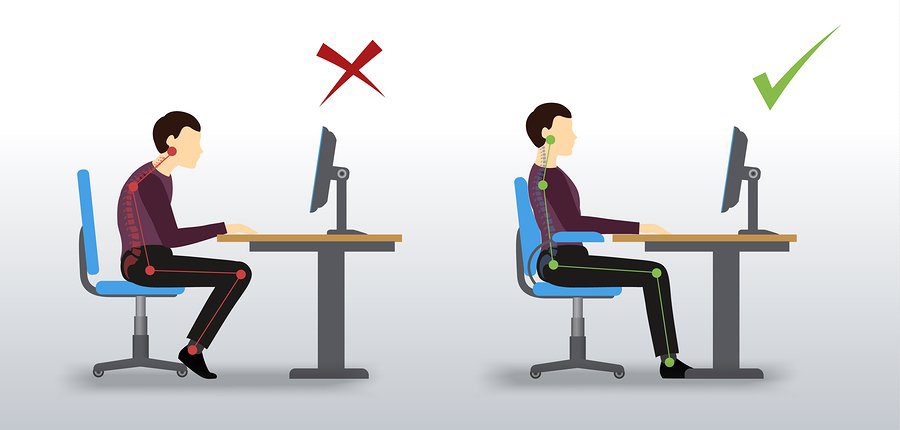Poor office ergonomics

Poor office ergonomics can lead to a variety of health problems, both physical 🤕 and mental 🧠. Let’s break down some of the primary adverse effects:
Musculoskeletal Disorders:
💪 This is the most common health issue associated with poor ergonomics. They can lead to conditions such as carpal tunnel syndrome, tendinitis, and other types of musculoskeletal pain, especially in the back, neck, and shoulders.


Eye Strain:
👀 Poor lighting, incorrect monitor position, or not taking regular breaks from screen time can lead to eye strain, fatigue, blurred vision, and even long-term vision problems.

Increased Risk of Cardiovascular Disease:
❤️ Sitting for extended periods can lead to conditions such as deep vein thrombosis (DVT), increased blood pressure, and an elevated risk of heart disease.

Obesity:
🍔 Physical inactivity and prolonged sitting can lead to weight gain and obesity.
Decreased Mental Health:
😔 Poor ergonomics can contribute to stress, anxiety, and depression.
Lower Productivity:
📉 Physical discomfort distracts employees from their tasks, while the stress and fatigue from poor ergonomics can make it harder to focus and complete tasks efficiently.
Increased Absenteeism and Turnover:
🚪 When employees are in pain or uncomfortable, they may miss work more frequently or even decide to leave the company.

